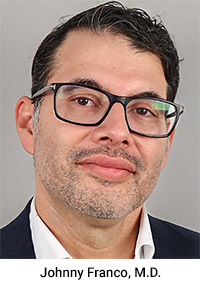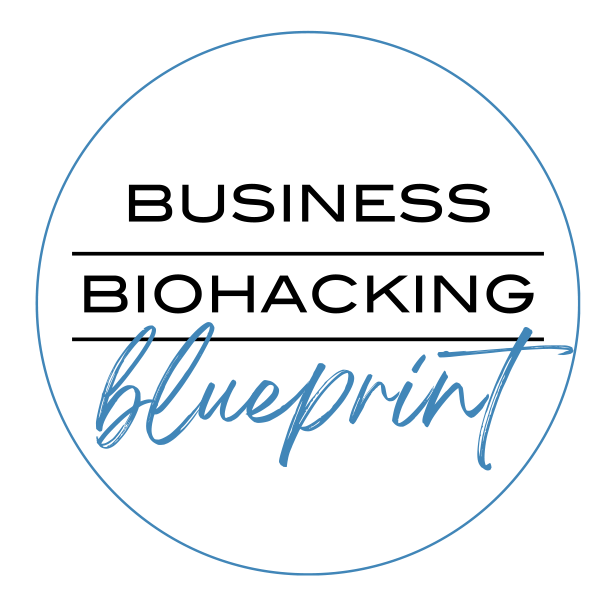Aesthetic Insights: New Report Highlights Opportunities for GLP-1 Agonists: September 17, 2024

Few drugs have captured the imagination of consumers and experienced phenomenal growth like glucagon-like peptide-1 (GLP-1) agonists. Originally approved and marketed as tools to lower blood sugar in diabetics, the publication and promotion of the weight loss capabilities of brands including Ozempic, Wegovy, Rybelsus (semaglutide), Victoza (Liraglutide), and Zepbound and Mounjaro (Tirzepatide), led to worldwide shortages and billions of dollars in sales for key makers Eli Lilly and Novo Nordisk.
Over the past two years, these medications have had a profound effect on the medical aesthetics industry, leading to a sharp decline in demand for non-invasive body contouring and fat reduction device treatments and a significant increase in the number of existing aesthetic patients now taking these medications.

As the medical aesthetics industry hones its response to the popularity of GLP-1 agonists, a new report highlights the opportunities and challenges that providers and manufacturers may face in coming years.
The Semaglutide Revolution Market Study from Medical Insight, Inc. (Irvine, Calif.), delves into how GLP-1 drugs are affecting medical aesthetic manufacturers and providers, and what the future holds as these medications continue to reach new users.
The popularity of these medications among target aesthetic patients which are typically women 30-60 years old who are concerned about their appearance, makes them a natural fit for medical aesthetic treatments.
As usage has soared, one thing has become clear: The GLP-1 phenomenon is real. “It is happening, so defining how you’re going to show up in this category is important regardless of whether you choose to offer them or not,” said Melissa Rogne, president and founder of Chapter Aesthetic Studios with 22 locations in the Midwest and Northeast, who estimates that one in 10 of Chapter’s clients are currently taking a GLP-1.
The reduction in demand for body contouring procedures combined with the interest in GLP-1 among target medical aesthetic patients is driving the adoption of weight loss drugs and services in medical aesthetic clinics.
MedShift, a leading provider of consulting services, equipment, supplies, and financing for aesthetic practices, has entered the GLP-1 market. The company is now selling compounded GLP-1 to its customer base. “Our e-commerce store now offers GLP-1, and it is by far the fastest-growing segment of our business,” said Sean Shapiro, Chief Commercial Officer of MedShift. “We sell directly to doctors, exclusively within the aesthetics sector. Over the last six months, these products have become the most searched-for items on our site and our fastest-growing revenue source. Month after month, revenue continues to grow.”
Medical Insight found that as of September 2024:
- 72% of medical aesthetic clinics currently offer GLP-1 medications for weight loss
- 61% have experienced an increase in profitability since introducing GLP-1
The growing availability of GLP-1 medications continues to put a significant dent in demand for noninvasive body contouring procedures. “On the financial side, where we offer device lending, we’ve tracked not only a decline in leads for these products but also an increase in defaults on payments,” said Mr. Shapiro, who notes that body contouring device sales have dropped by approximately 30% year-over-year for the past two years. “This trend suggests that practitioners are struggling to utilize these devices due to lower demand for the procedures.”
Greenwich Medical Spa (locations in Conn., N.Y. and N.J.) has seen a reduction in demand for body contouring procedures. “GLP-1 has affected our body contouring treatments significantly,” said Amanda Pucci, Clinical Director of Greenwich Medical Spa. “We saw a big dip in our CoolSculpting and Emsculpt services once GLP-1 medications gained attention.” And Greenwich Medical Spa is not alone. Industry wide:
- 60% of clinics reported a decrease in demand for body contouring procedures
- 62% of clinics report that patients are “Shifting their budget toward GLP-1 treatments at the expense of other procedures / products”

While the income generated through GLP-1 services is helping to offset the loss in revenue from body contouring, it is not yet replacing it with:
- Only 12% of practices offering GLP-1 programs reported that the revenue from these treatments was replacing 100% of revenue lost due to the decrease in non-surgical body contouring services
- 45% reported that it offsets more than 50% but less than 100%
- 43% reported that it offsets less than 50% of the lost revenue
Plastic surgeon Johnny Franco, M.D., with offices in Austin and San Antonio, Texas, was an early adopter of GLP-1 after using the medication himself to lose more than 90 pounds. He offers GLP-1 as part of a comprehensive weight loss program.
“If you’re comparing this program to a nonsurgical skin tightening treatment, they’re pretty equivalent because a lot of these patients are going to be on their weight loss journey for about 6 to 9 months, and that’s a $3,000 to $4,000 ROI, which is pretty similar to our Morpheus treatments,” he said.
“The demand for these medications in aesthetics remains strong,” said Dr. Franco. “As name-brand manufacturers increase their supply, new weight loss and muscle-building drugs will enter the market over the next few years, expanding the options. The long-term use of these medications will probably lead to ongoing needs for treatments addressing side effects such as skin laxity. Integrating weight loss with wellness and aesthetics is a growing trend, much like the past movement toward combining practices from different medical fields.”
